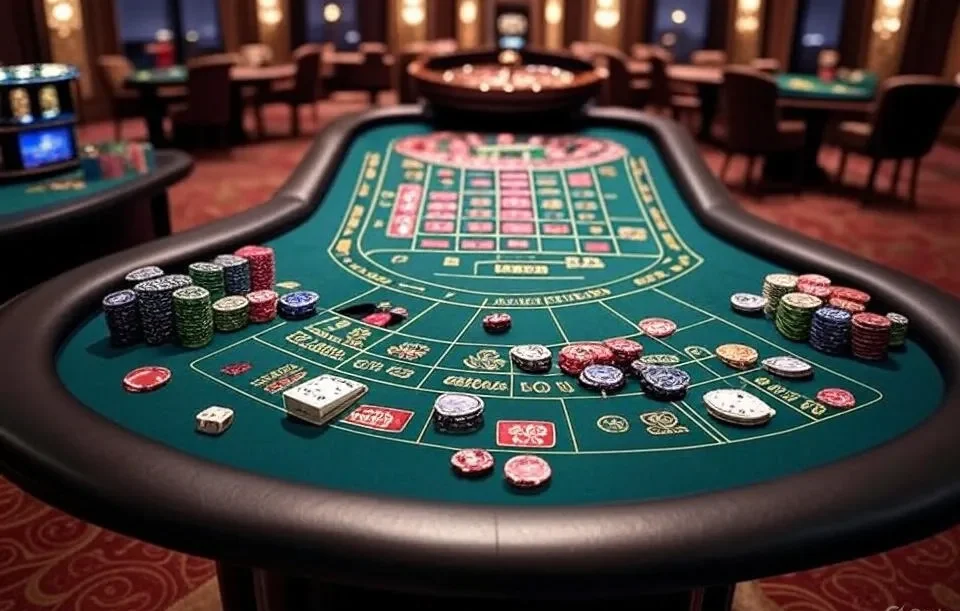Dubai Carpets are an important factor in establishing the aesthetics of any place, whether it’s a cozy house or a busy business. The choice of dyes and colors is an important component of carpet design. In this post, we’ll look at the art of carpet dyeing, including the differences between natural and synthetic dyes, color psychology, and how to keep your carpet colors brilliant over time.
The Art of Carpet Dying: Natural vs. Synthetic Dyes
Carpet dyeing is a centuries-old craft that has changed dramatically over time. The dyes you use have a big impact on how your carpet looks and lasts. Carpets in Dubai manufacturers use two types of dye: natural dyes and synthetic dyes.
Natural dyes
Historical Significance:
Natural dyes have been used for thousands of years, including by ancient civilisations such as Egyptians and Persians. They are made from organic sources such as plants, insects, and minerals.
Eco-Friendly:
Natural dyes are frequently seen to be more environmentally friendly because they are made from renewable resources and biodegradable.
Unique aesthetics:
These colours can produce distinctive, earthy tones that are difficult to imitate using synthetic dyes. Natural dye colour variations can give carpets a rustic, handcrafted look.
Fade Over Time: When exposed to sunshine and normal wear and tear, natural dyes fade faster than synthetic dyes.
Synthetic dyes:
Wide Colour Range:
Synthetic dyes provide a wider range of colours and are extremely customisable. This adaptability enables producers to create a wide range of brilliant and consistent colours.
Durability:
Synthetic dyes are often more colorfast and fade-resistant, making them a popular choice for high-traffic carpets.
Cost-Effectiveness:
Synthetic dyes are frequently less expensive than natural colours, making them more accessible to a larger spectrum of consumers.
Environmental Concerns:
Some synthetic dyes may have negative environmental consequences, particularly pollution during the manufacturing process.
Finally, the choice between natural and synthetic dyes is determined by personal preferences, environmental concerns, and the carpet’s intended purpose.
Colour Psychology and Its Impact on Carpet Selection
The colours you select for your carpet can have a significant impact on the atmosphere and mood of a space. Colour psychology, which studies how colours affect human emotions and behaviour, is important in carpet selection. Here are some important considerations:
Warm vs. Cool Colours:
Warm colours, such as reds, oranges, and yellows, can create a welcoming and dynamic mood in living rooms or dining areas. Cool colours, such as blue and green, create a sense of tranquilly and serenity, making them suitable for bedrooms and offices.
Light vs. Dark Colours: Light-coloured carpets can make a space feel more open and airy, but dark colours offer depth and cosiness. Balance is essential; too much darkness can make a room feel small and walled off.
Contrasting vs. Harmonious Colours: Think about the current colour scheme in your room. You can make a dramatic statement with opposing colours, or you can use harmonic colours that blend in with your existing decor.
Individual tastes: Personal tastes and cultural connotations also influence colour selection. For example, red may represent love and passion in one culture but danger in another.
Colorfastness and Keeping Vibrant Carpet Colours Over Time
Once you’ve chosen the ideal colour for your carpet, it’s critical to keep it brilliant for years to come. Colorfastness, a dye’s capacity to resist fading or bleeding, is an important aspect of maintaining the appearance of carpet.
Here are some techniques to help preserve the colours in your carpet:
Regular Cleaning: Vacuum your carpet on a regular basis to remove dirt and debris that might fade its color. Consider getting expert cleaning at least once a year.
Sunlight Protection: Use shades or drapes to shield your carpet from direct sunlight, as extended exposure can cause fading.
Carpet Protection: Place rugs or mats in high-traffic areas to decrease carpet wear and tear.
Spill Management: To avoid stains, spills should be cleaned up immediately. To protect the dyes, use a cleaning solution specified by the manufacturer.
To summarise, the selection of carpet dyes and colours is an important component of interior design, influencing the aesthetics and atmosphere of a room. Whether you use natural or synthetic dyes, knowing colour psychology and basic carpet care helps keep your carpets looking vivid for years.
Identifying trend colours in carpet design can be a difficult task because colour trends shift over time and are influenced by cultural, trendy, and seasonal variables. However, the following strategies can be used to determine trend colours in carpet design:
Market Research: Conduct market research to learn about current trends and consumer preferences in the carpet industry. Fashion periodicals, design blogs, interior design journals, and social media can provide insight into which colours are fashionable.
Colour Predictions: Colour institutes and design professionals estimate the most popular colours for the future year. For example, Pantone selects a “colour of the year” each year. By reviewing these forecasts, you can help detect future trends.
Current Fashion and Interior Design Trends: The fashion industry and interior decorating trends frequently interact with one another. Examining fashion collections and interior design periodicals will reveal which colours are prominent.
Consider Your Target Audience: Whom are you creating rugs for? Understanding your target audience’s tastes is essential for understanding which colours will appeal to them. For example, vivid and joyful colours are appropriate for children’s rooms, whereas more refined colours are appropriate for a luxury hotel.
Carpets with a combination of natural and artificial colours can appeal to a wide range of consumers. Natural tones represent natural materials and sustainability tendencies, whereas artificial colours can provide brightness and uniqueness.
Testing and Feedback: By creating trial carpets and soliciting feedback from your target audience, you can learn which colours are appealing and which are less popular.
Sustainability and Ethical Sensitivity: Nowadays, sustainability and ethical production have become essential trends. As a result, it is critical to select colours that are compatible with environmentally friendly materials and manufacturing processes.
When deciding on trend colours, thorough market research, design expert opinions, and efforts to understand your target audience’s tastes are crucial. Colour selection is crucial for ensuring that your carpets compete in the market and attract customers.





